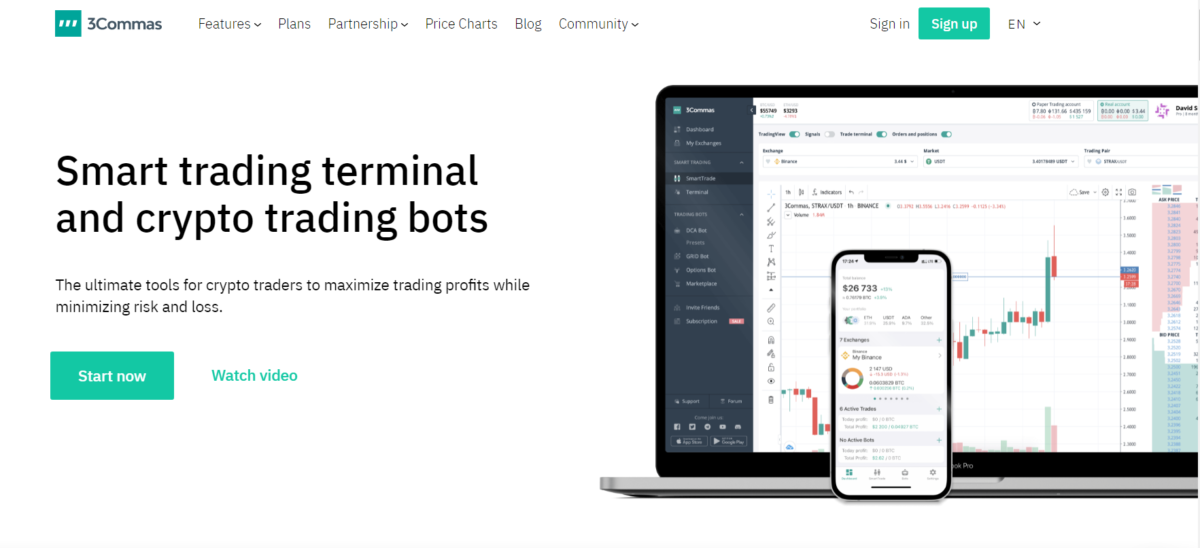New Reasons For Selecting Forex Systems
Wiki Article
Do You Need To Test Back Multiple Timeframes In Order To Confirm Your Strategy's Effectiveness?
Testing a trading strategy on different timeframes is essential to test its reliability. Since different timeframes may have different opinions on market changes and trends, it is important to backtest the strategy using a variety of timeframes. Backtesting a strategy can give traders a better understanding about how it performs under different market conditions. Furthermore, traders are able to see if the strategy works across different time periods. A strategy that performs well on a daily basis may not perform as well when tested on longer time frames that is, for instance, the monthly or weekly. Backtesting strategies on a daily and weekly basis lets traders spot any inconsistencies and then make adjustments according to the need. Backtesting with multiple timeframes has another advantage. It helps traders choose the ideal time horizon. Backtesting on various timeframes can be beneficial to traders with distinct trading styles. This allows them to determine the best time frame for their particular strategy. Backtesting on multiple timeframes gives traders a greater comprehension of the strategy's performance and allows them make more informed decisions about reliability and consistency. Follow the best forex backtester for website recommendations including forex backtesting, automated trading, algo trading strategies, trading platform crypto, automated crypto trading, stop loss order, best free crypto trading bots, backtesting trading, most profitable crypto trading strategy, algo trade and more.

For Speedy Computation, Why Not Backtest Multiple Timeframes?
While backtesting over multiple timeframes is more effective for computation, it can also be just as quick to backtest within a single timeframe. Backtesting multiple timeframes is essential to ensure the reliability of the plan. It is also helpful to ensure that the strategy is consistent under various market conditions. Backtesting with multiple timeframes is the practice of using the same strategy across different timeframes (e.g. daily or weekly, and even monthly) before analyzing the outcomes. This provides traders with a clearer view of the performance of the strategy. In addition, it allows you to find any weak points or inconsistent results. Backtesting for multiple timeframes could make the process more complex or increase time requirements. There are trade-offs to be made between the benefits of backtesting multiple timesframes as well as the additional time and computational requirements should be carefully thought through by traders while backtesting multiple timesframes. This is because it can help to determine the reliability of a strategy and ensure that it performs consistently in various market conditions. If backtesting is conducted on multiple timeframes, traders must carefully consider the possible advantages versus the additional time and computational requirements. Check out the most popular crypto trading for blog examples including do crypto trading bots work, best trading platform, automated trading, best trading platform, automated cryptocurrency trading, algorithmic trading software, crypto strategies, trading with divergence, crypto backtesting, cryptocurrency automated trading and more.

What Are The Backtesting Considerations For Strategy Type, Number Of Elements And Trades?
There are many important aspects to take into consideration when testing a trading strategy. This includes the strategy type, strategy elements, and the amount of trades. These variables can impact the outcome of backtesting. It is crucial to consider the type of strategy that is being tested and select market data that are suitable for the type of strategy you are testing.
Strategies' elements can have a major impact on the result of backtesting. These include the rules for entry and exit as well as the size of the position. It is vital to analyze the effectiveness of the strategy, and then make any necessary adjustments to ensure it is strong and reliable.
Number of Trades The number of backtests can also impact the results. Although a greater number of trades will provide an overall view of the strategy's performance it could also add to the computational burden of the backtesting. A lesser number could enable faster backtesting, but will not provide a full view of the strategy’s performance.
To get exact and reliable results traders must consider the kind of strategy they are using and the elements when back-testing trading strategies. These elements can help traders evaluate the strategy's effectiveness and make informed decisions regarding its validity. Check out the top rated what is backtesting for website advice including backtesting software free, backtesting trading strategies free, crypto trading, algo trading platform, crypto backtesting, automated trading systems, automated forex trading, best crypto trading platform, backtesting strategies, backtester and more.

What Criteria Are Considered To Be The Most Reliable In Relation To The Equity Curve, Its Performance And The Number Of Trades
The most important criteria that traders employ to evaluate the performance and success of their trading strategy through backtesting are the equity curve, performance metrics, and the amount of trades. This could be the equity curve, performance metrics, or the amount of trades. It is a key indicator of a trading strategy's overall performance. The strategy can meet this criterion if the equity curve has a steady growth over time, with very little drawdowns.
Performance Metrics- When evaluating a trading plan the traders could also consider other indicators other beyond the equity curve. The most popular metrics include the Sharpe ratio. They also take into account the maximum drawdown as well as the duration of trade. This criterion is able to be satisfied if performance metrics are within acceptable limits, and exhibit consistency and reliability during the backtesting phase.
Quantity of Trades- The quantity of trades executed in the backtesting process could be a significant factor when evaluating the performance of the strategy. If a strategy is able to generate enough trades in the backtesting time to provide an accurate picture of its performance, it might be thought to meet this criterion. You should remember, however that a significant number of trades does not indicate that the strategy is effective. Other aspects such as the quality of trades must be taken into consideration.
The equity curve and performance metrics, as well as trades, as well as the amount of trades are the most important aspects to evaluate a trading strategy's performance through backtesting. This will allow traders to make informed decisions regarding whether the strategy is durable and solid. These parameters will assist traders assess their strategies' performance and make any necessary adjustments to enhance their performance.